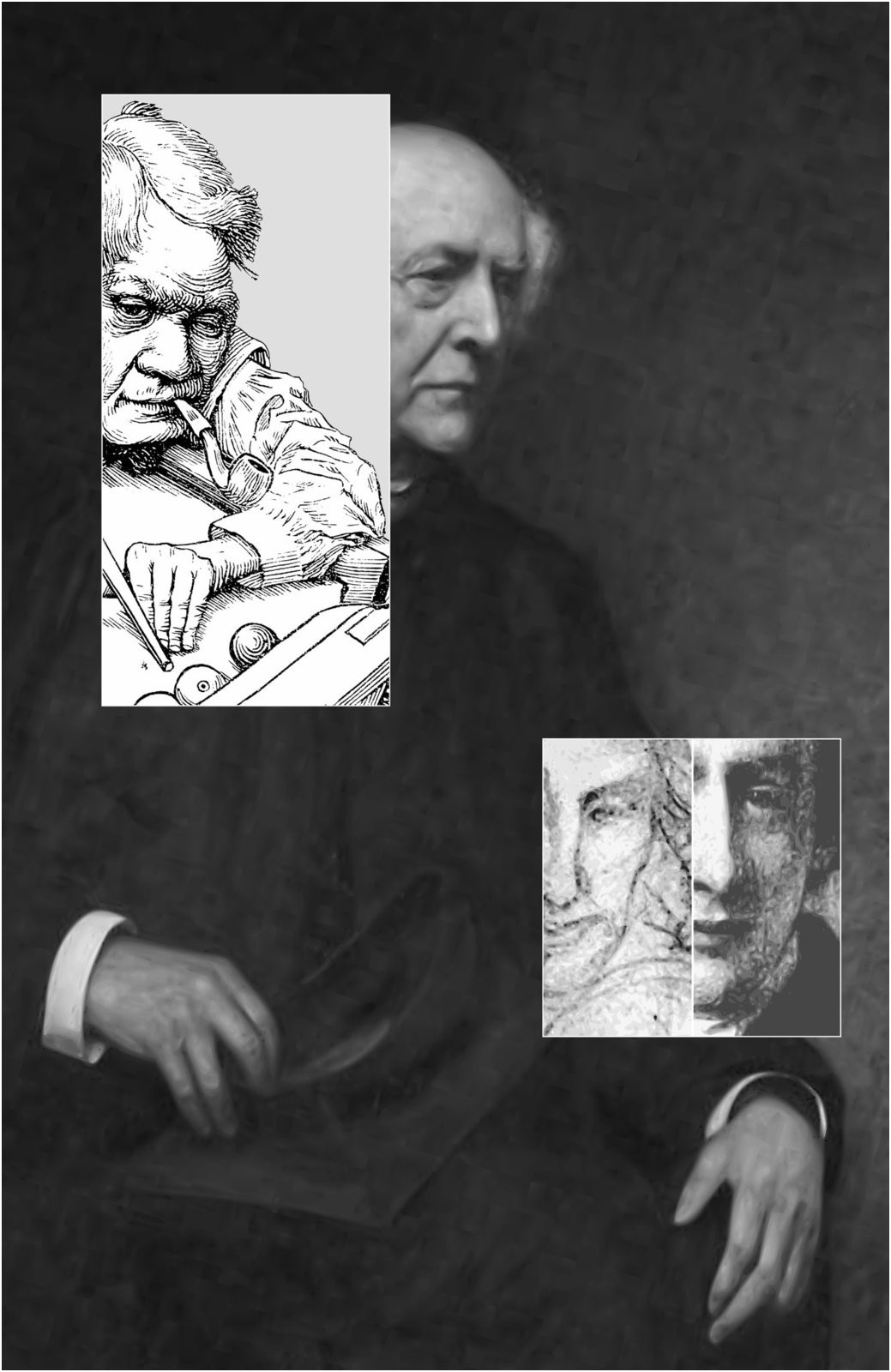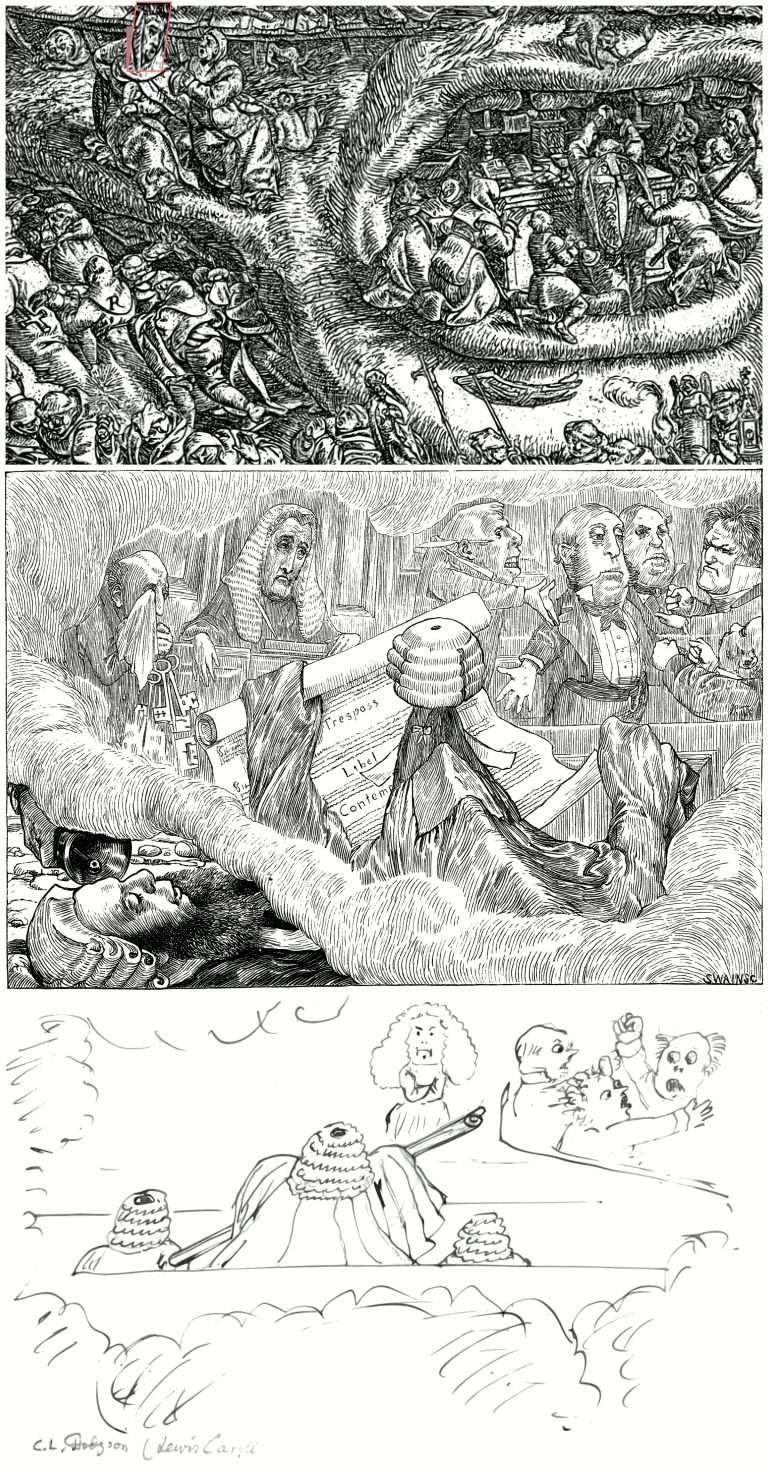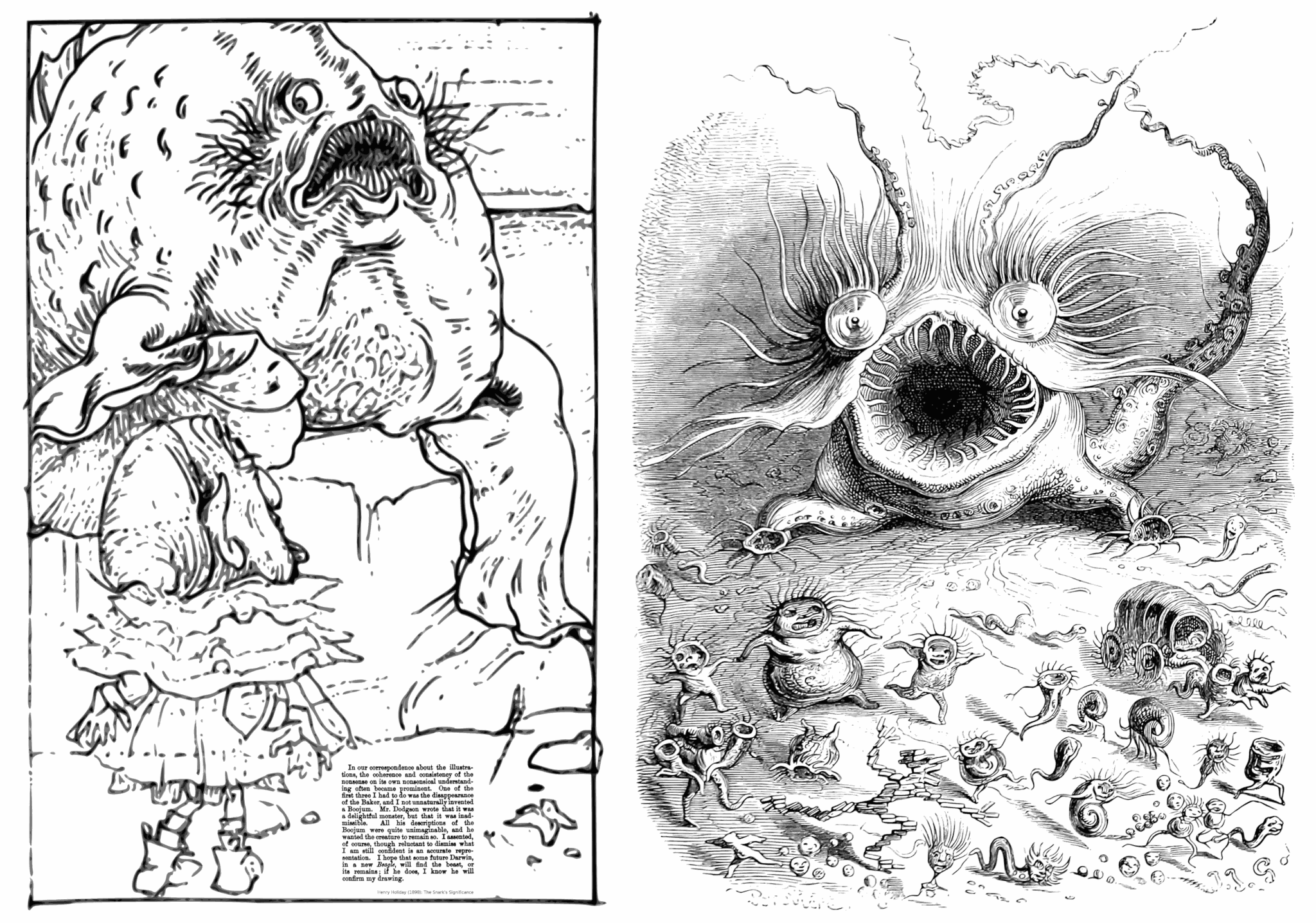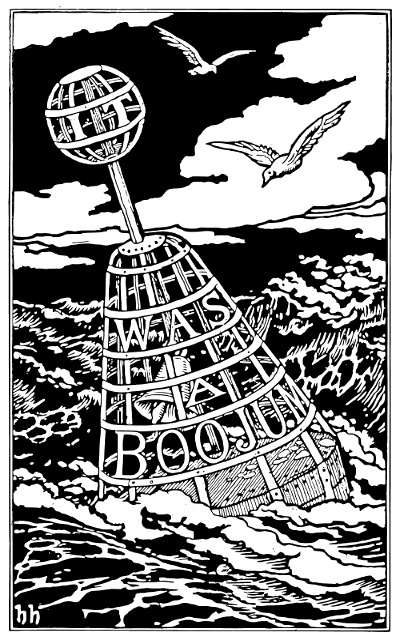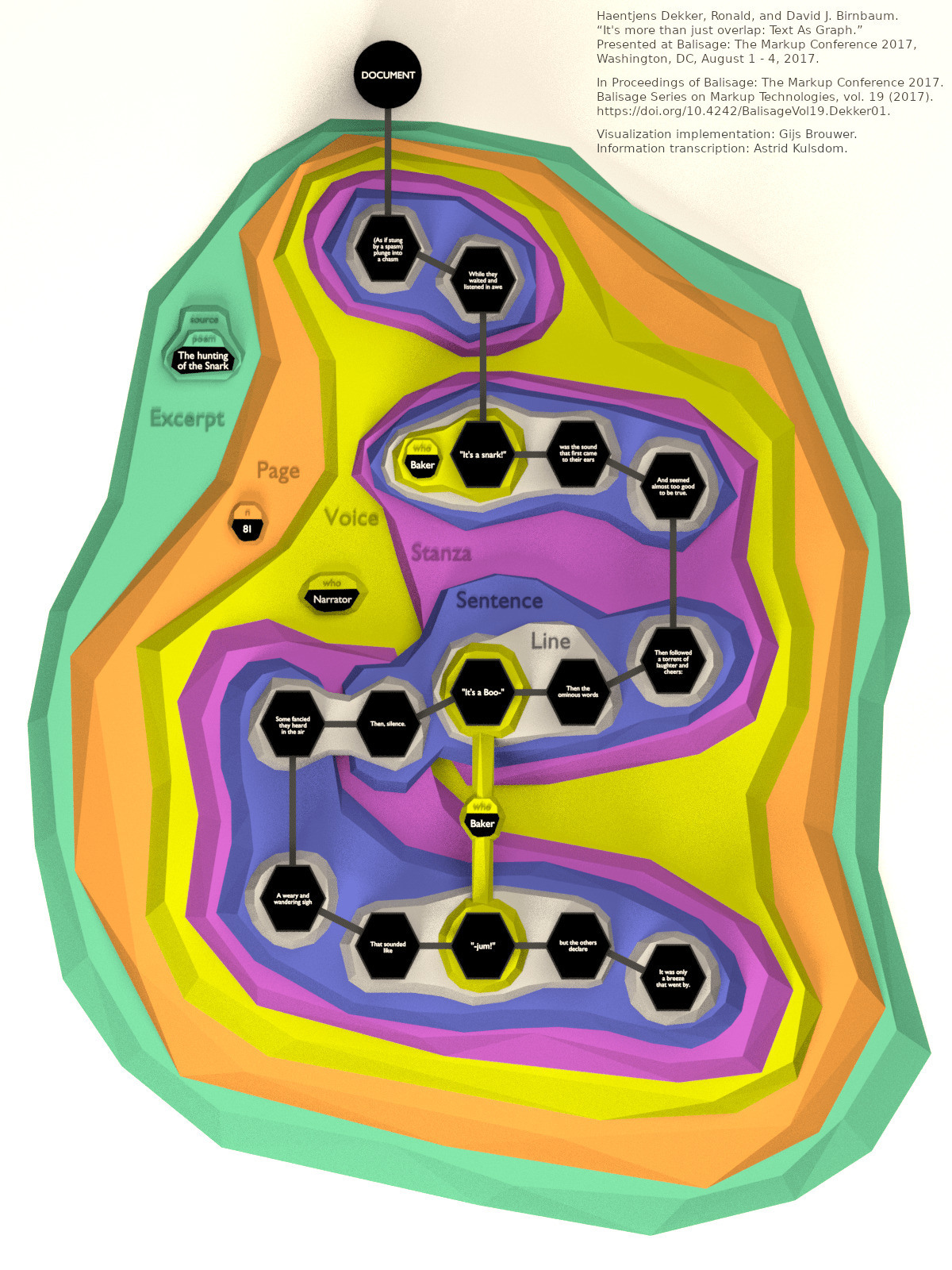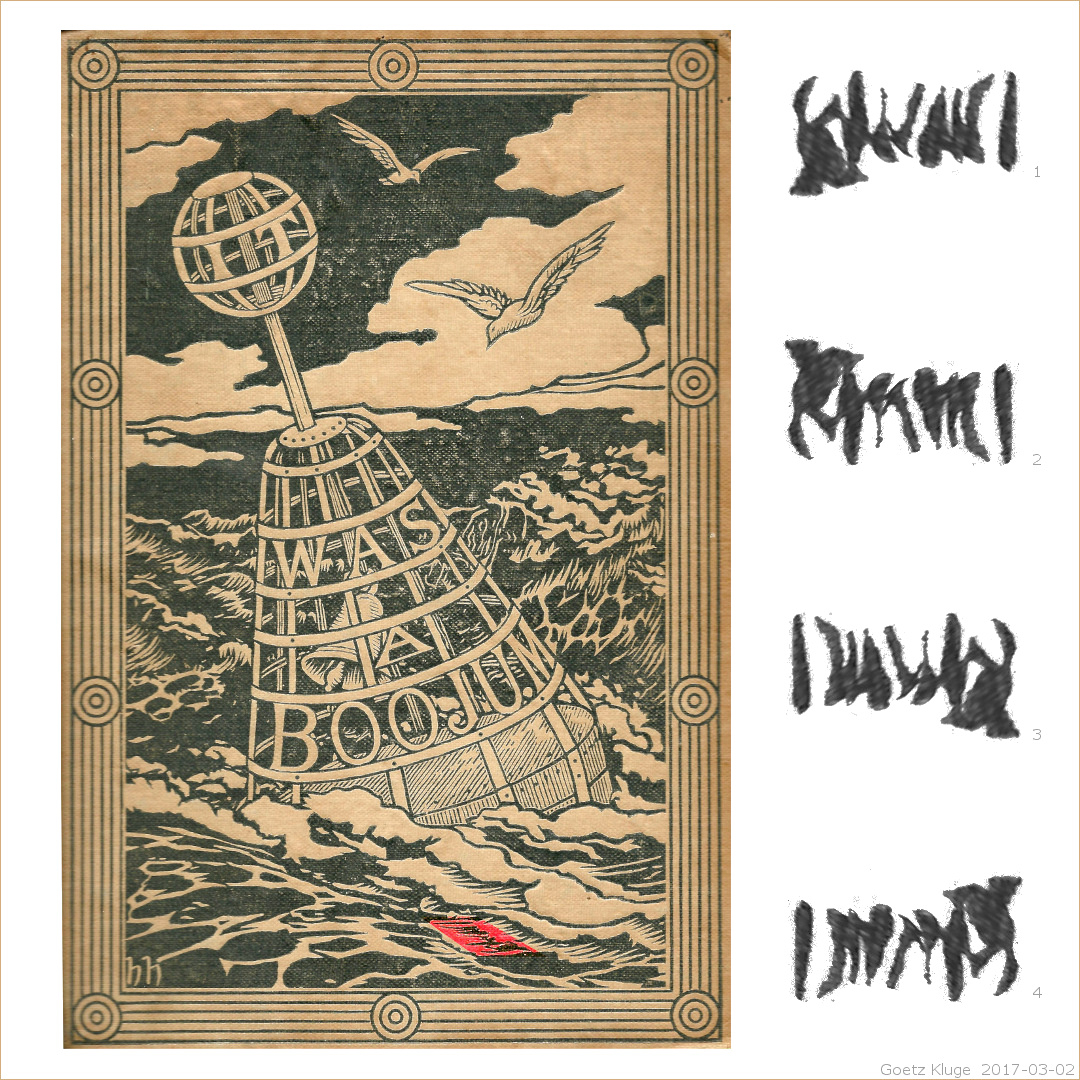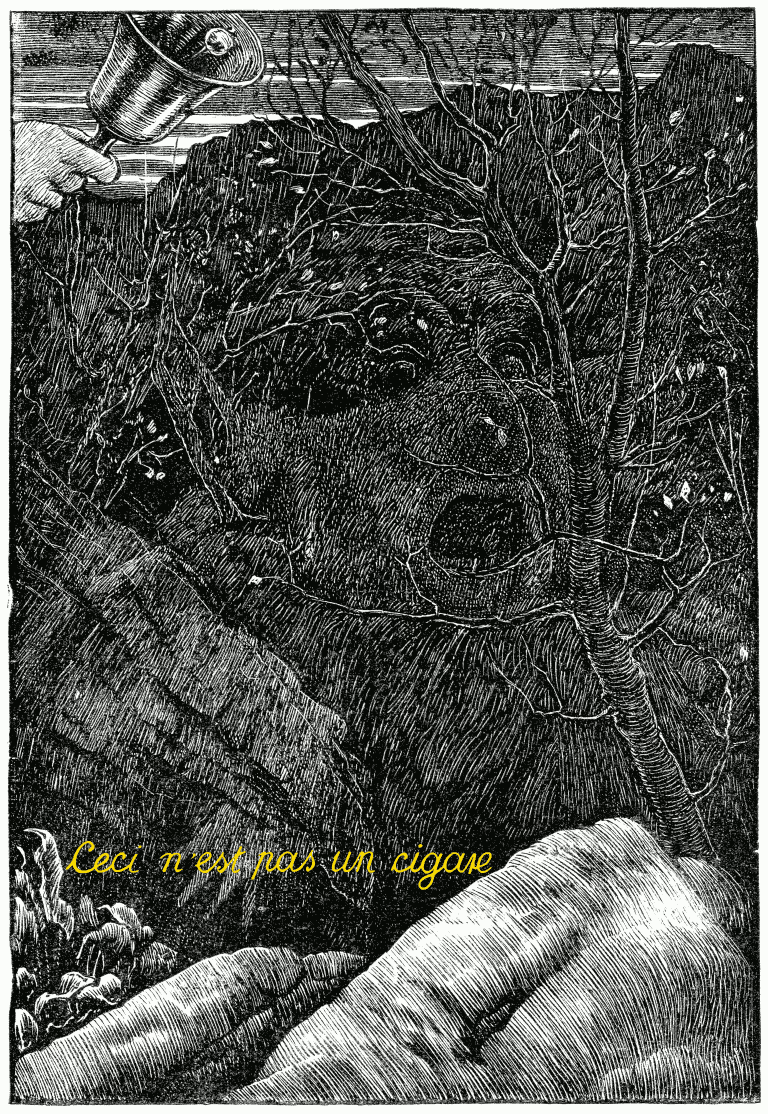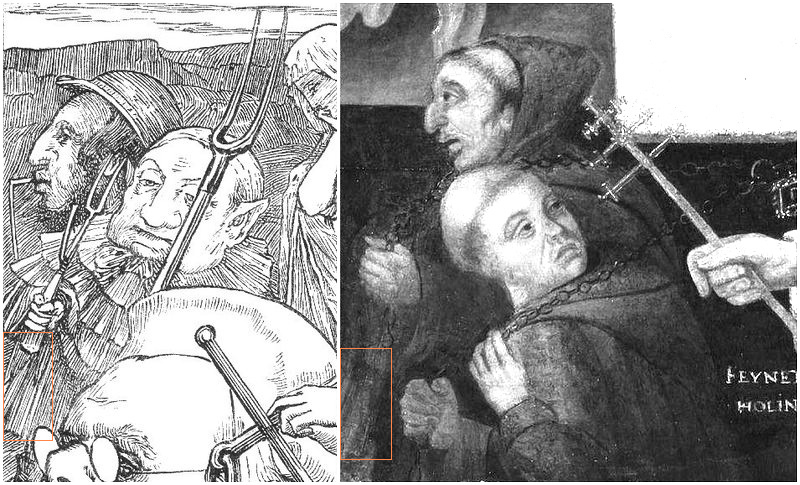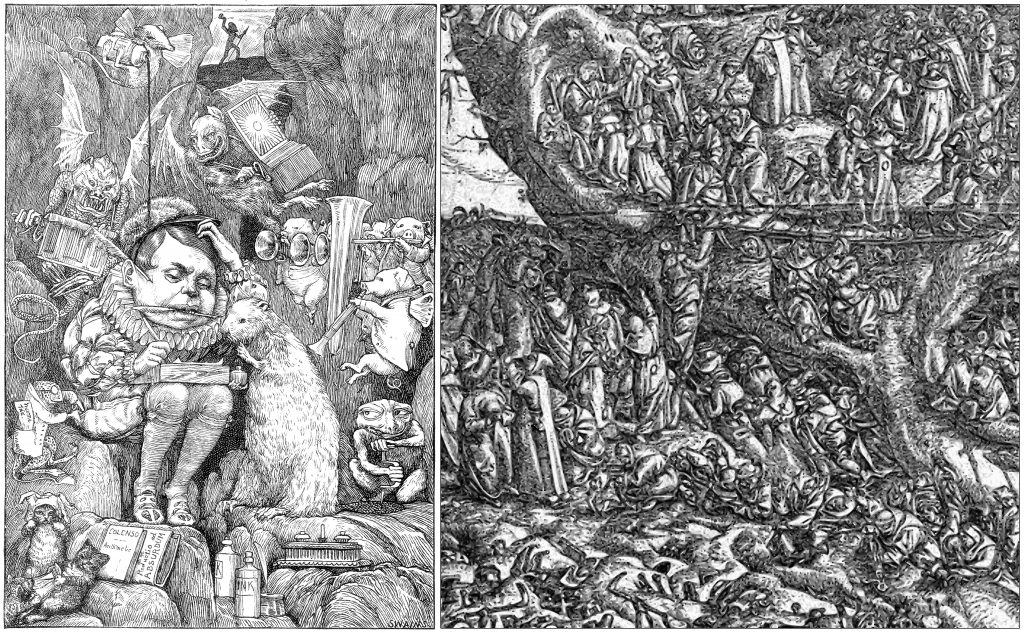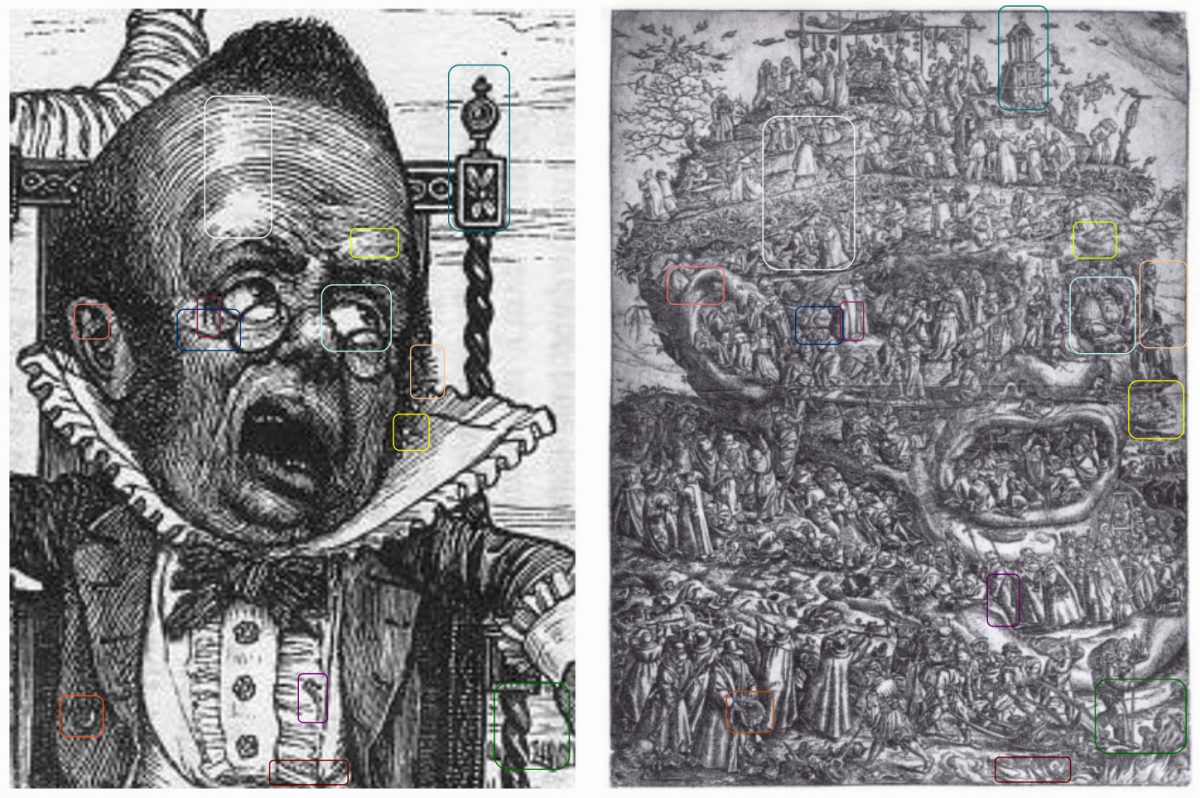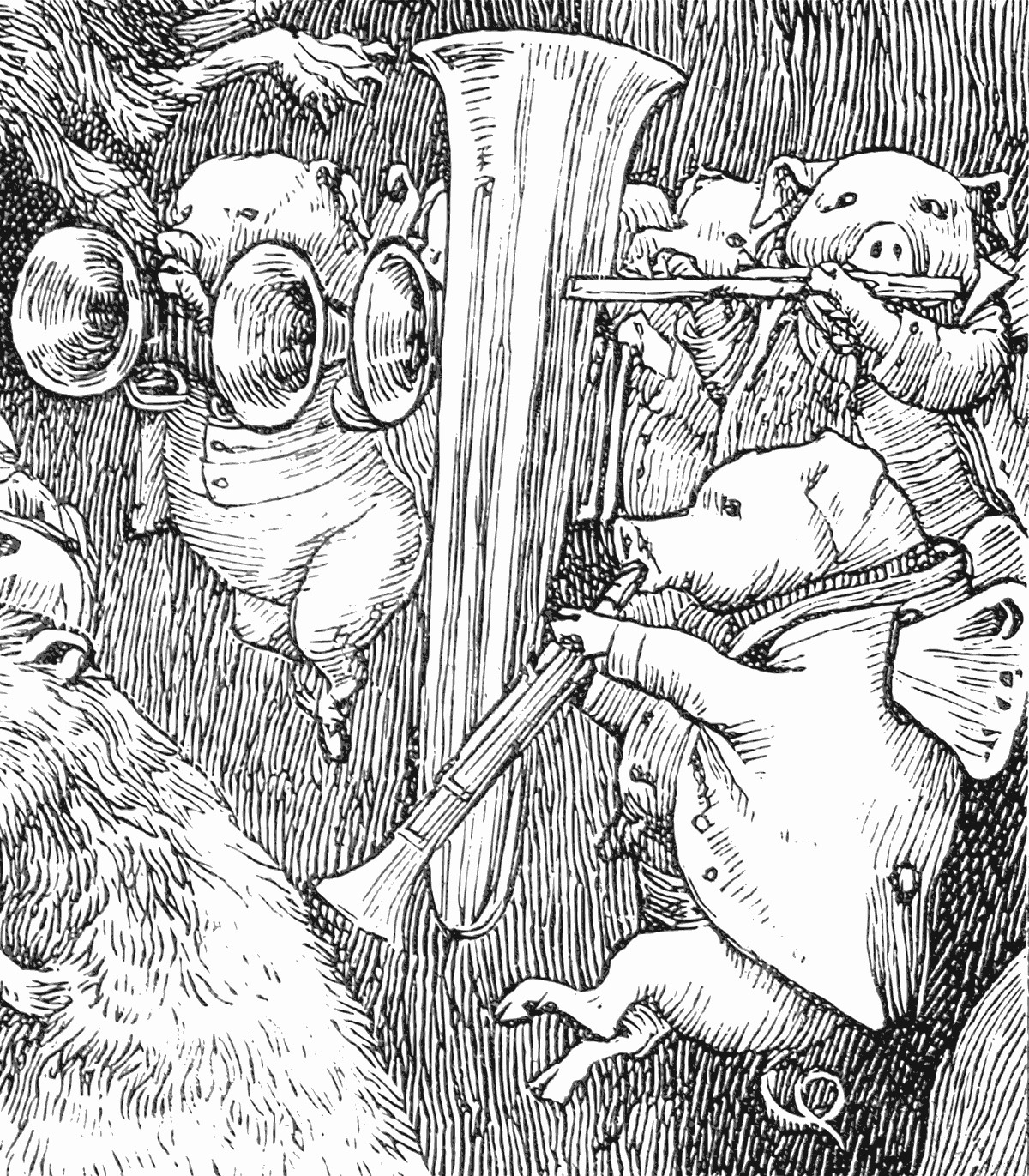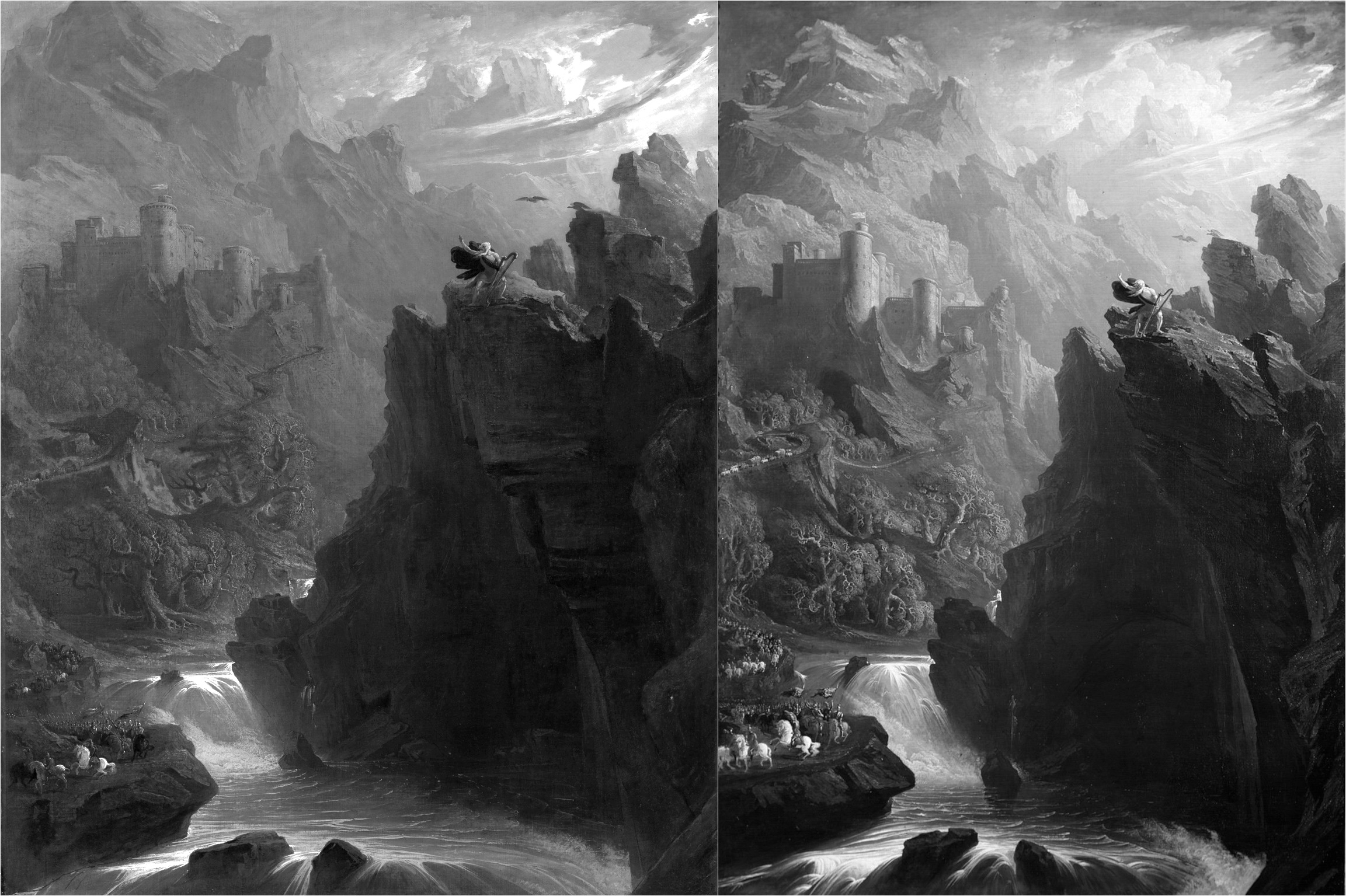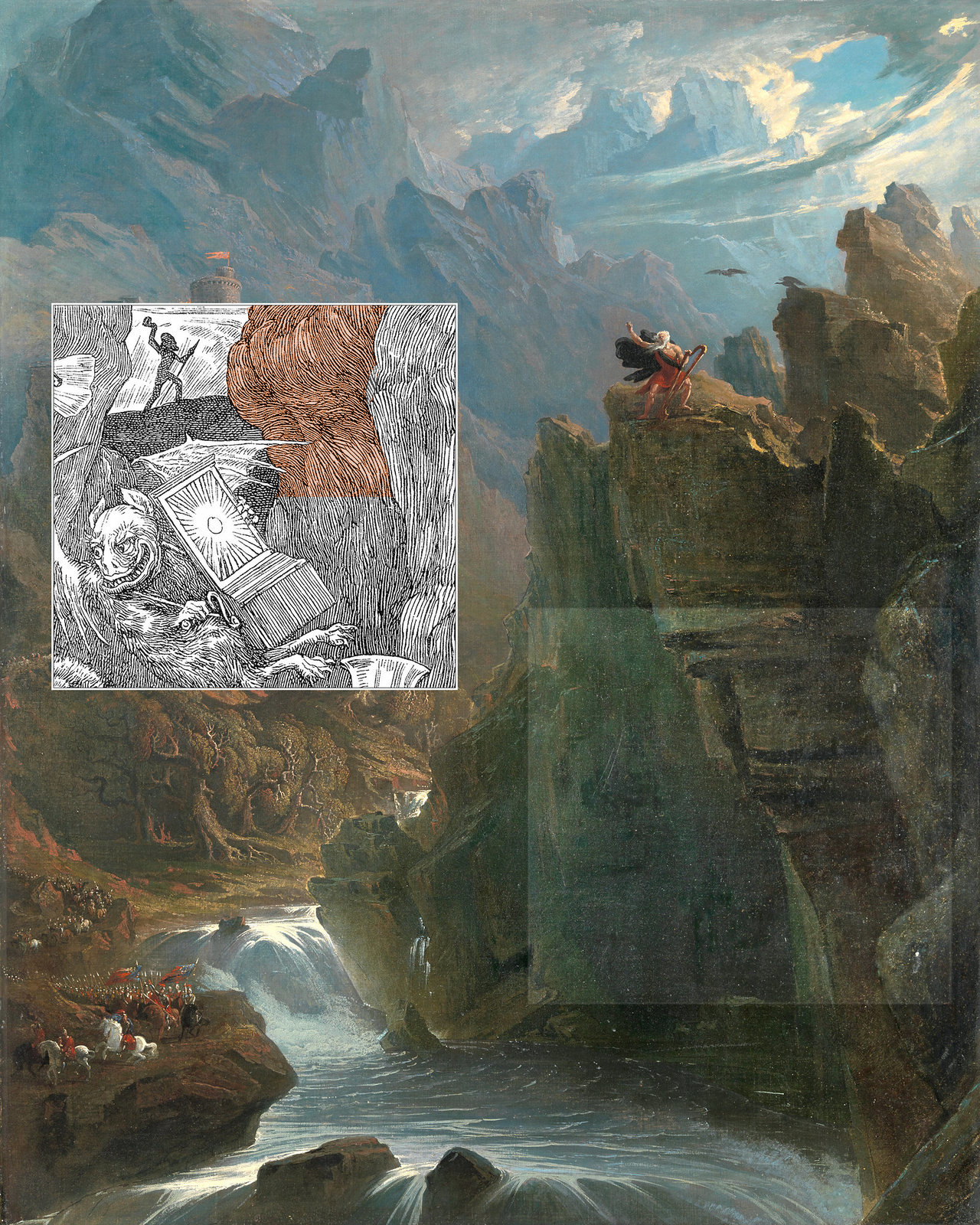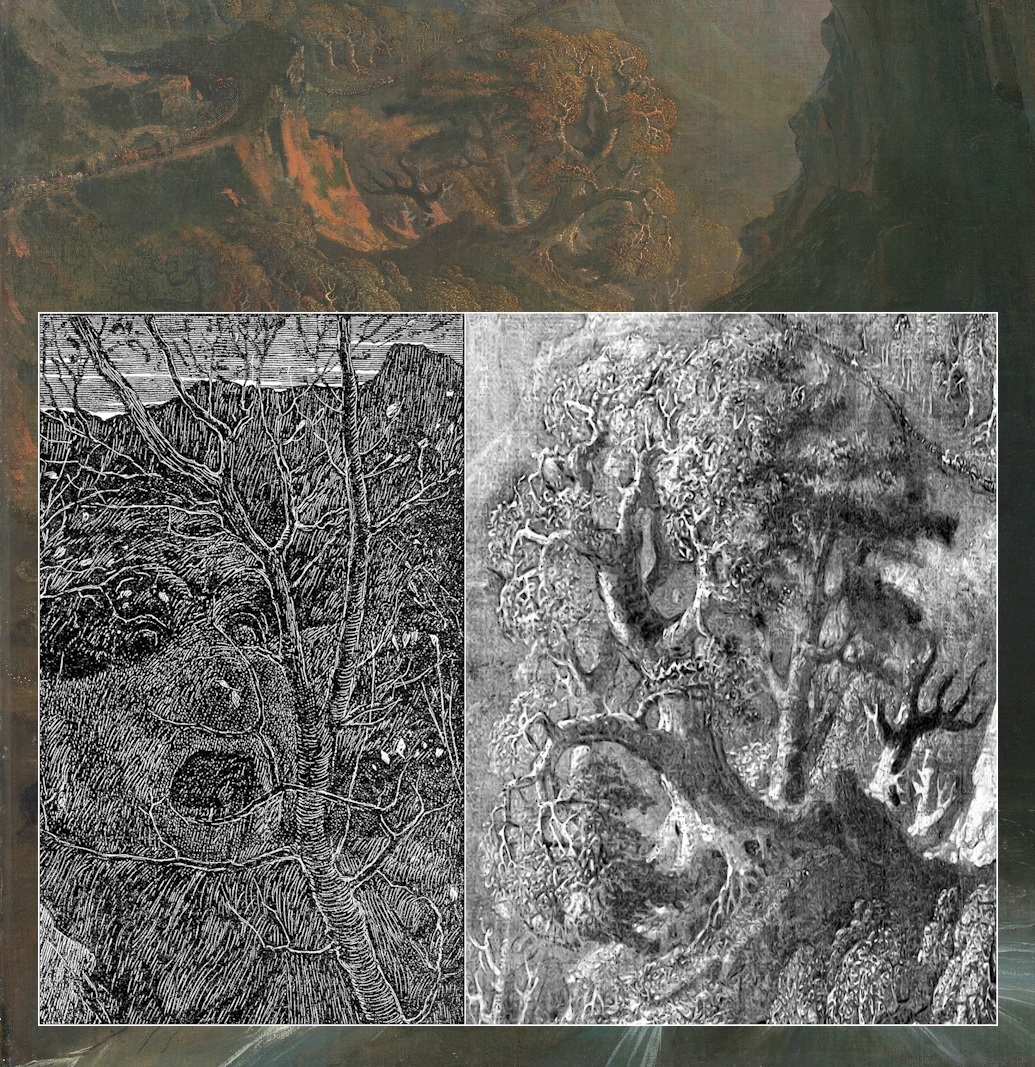@Snark150 is just the place for a Snark! And it stays in the European Union, together with https://t.co/q0aekyCltx. pic.twitter.com/OUKTFwZJHd
— Goetz Kluge (@Bonnetmaker) June 30, 2019
I started @Bonnetmaker in July 2010 on Twitter. In May 2019 I set up a second Twitter account @Snark150 which focuses on Snark only.
About Henry Holiday's and Lewis Carroll's tragicomedy "The Hunting of the Snark".https://t.co/sP4PrmU03H pic.twitter.com/A1EEUavPkA
— Snark Sesquicentennial (@Snark150) June 16, 2019

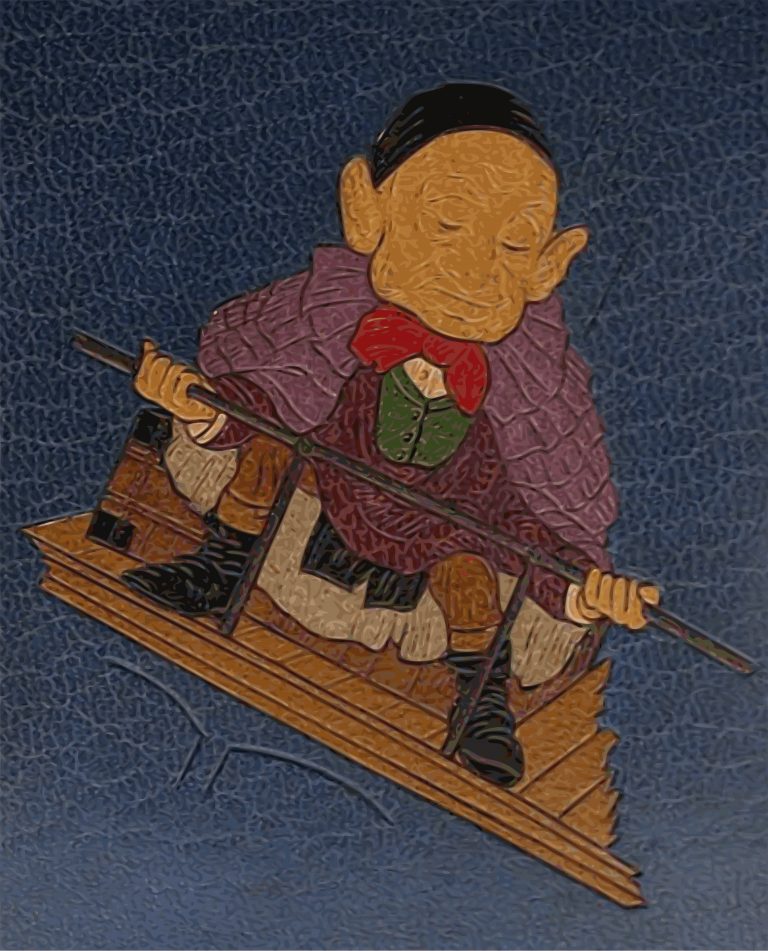 Rare art, rare books etc. are currency if there are (and will be) enough people who trust in that currency. In 1876 Macmillan produced some special Snark editions. Presently
Rare art, rare books etc. are currency if there are (and will be) enough people who trust in that currency. In 1876 Macmillan produced some special Snark editions. Presently 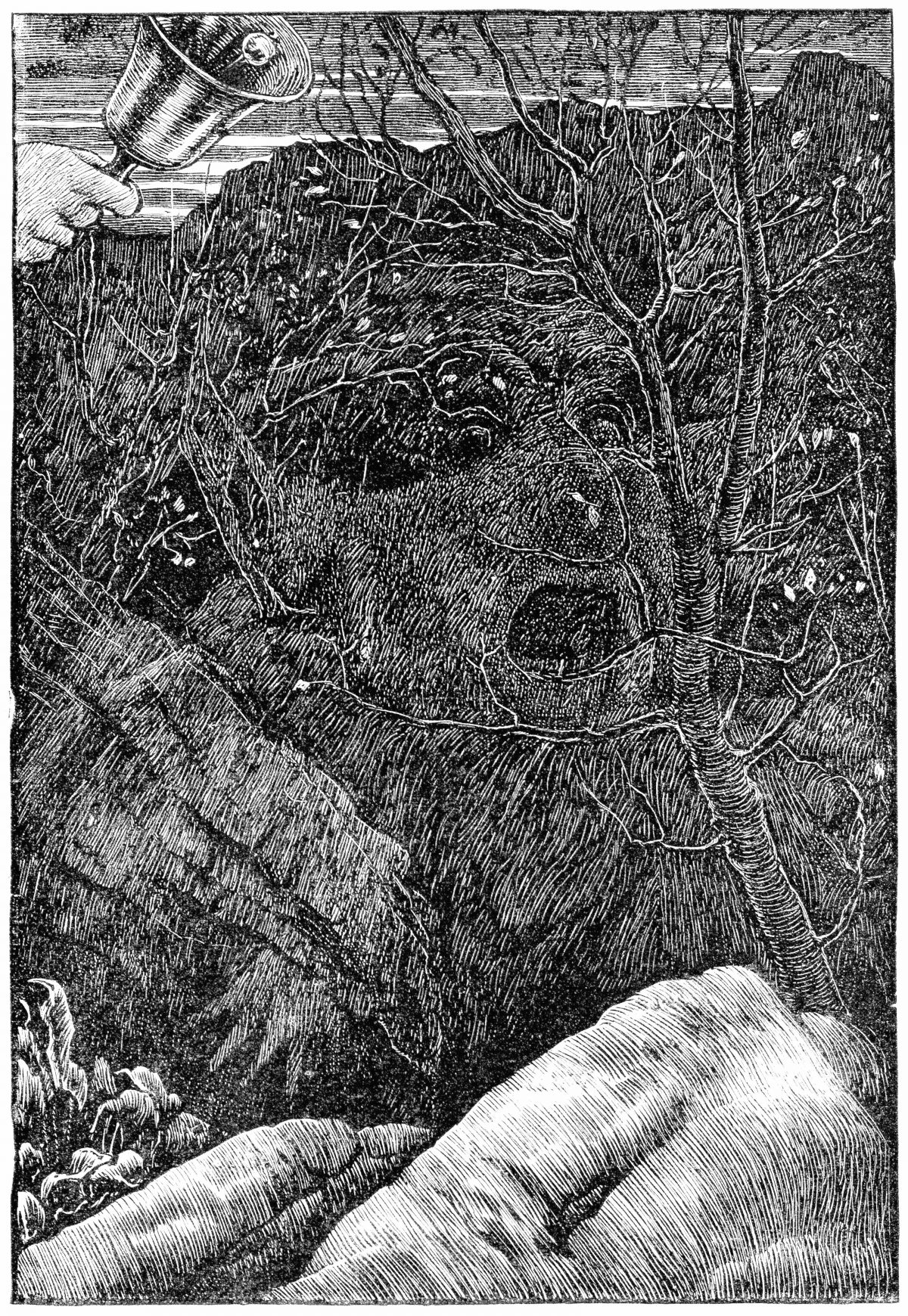 How well the academician Holiday succeeded in producing grotesques for the Snark (it is the only work of Carroll’s that he illustrated) is open to debate. Ruskin was certainly right in thinking him inferior to Tenniel. His drawings are, of course, thoroughly realistic except for the overzize heads and the slightly surrealist quality that derives less from the artist’s imagination than from the fact that he was illustrating a surrealist poem.
How well the academician Holiday succeeded in producing grotesques for the Snark (it is the only work of Carroll’s that he illustrated) is open to debate. Ruskin was certainly right in thinking him inferior to Tenniel. His drawings are, of course, thoroughly realistic except for the overzize heads and the slightly surrealist quality that derives less from the artist’s imagination than from the fact that he was illustrating a surrealist poem.